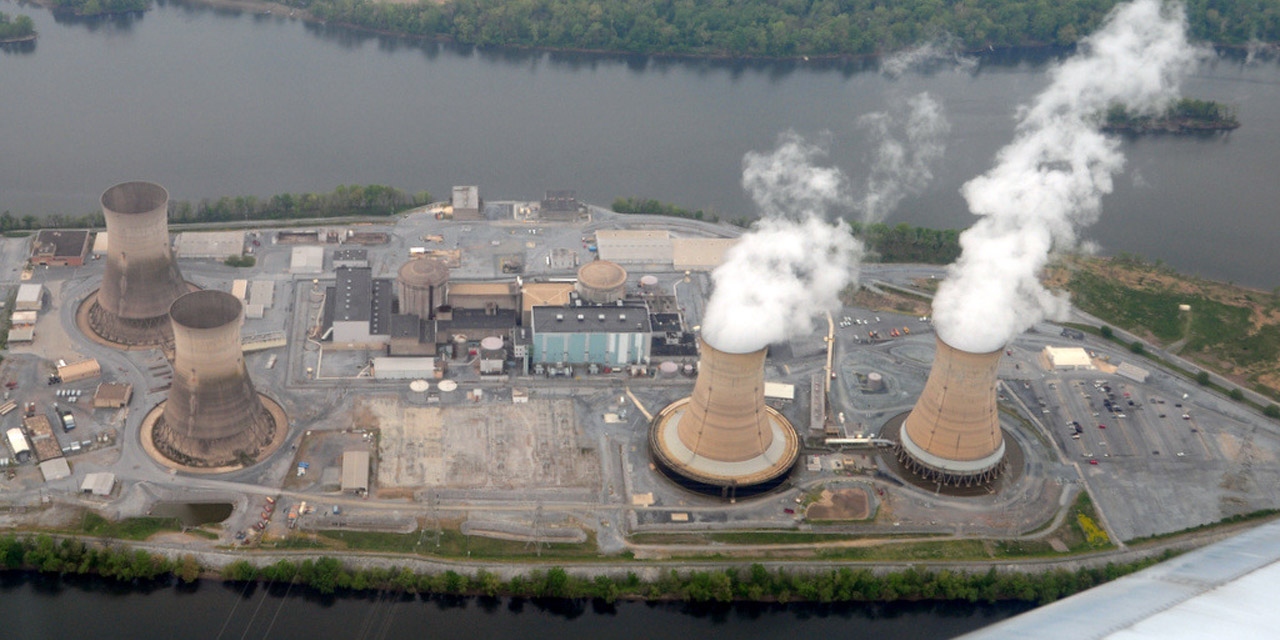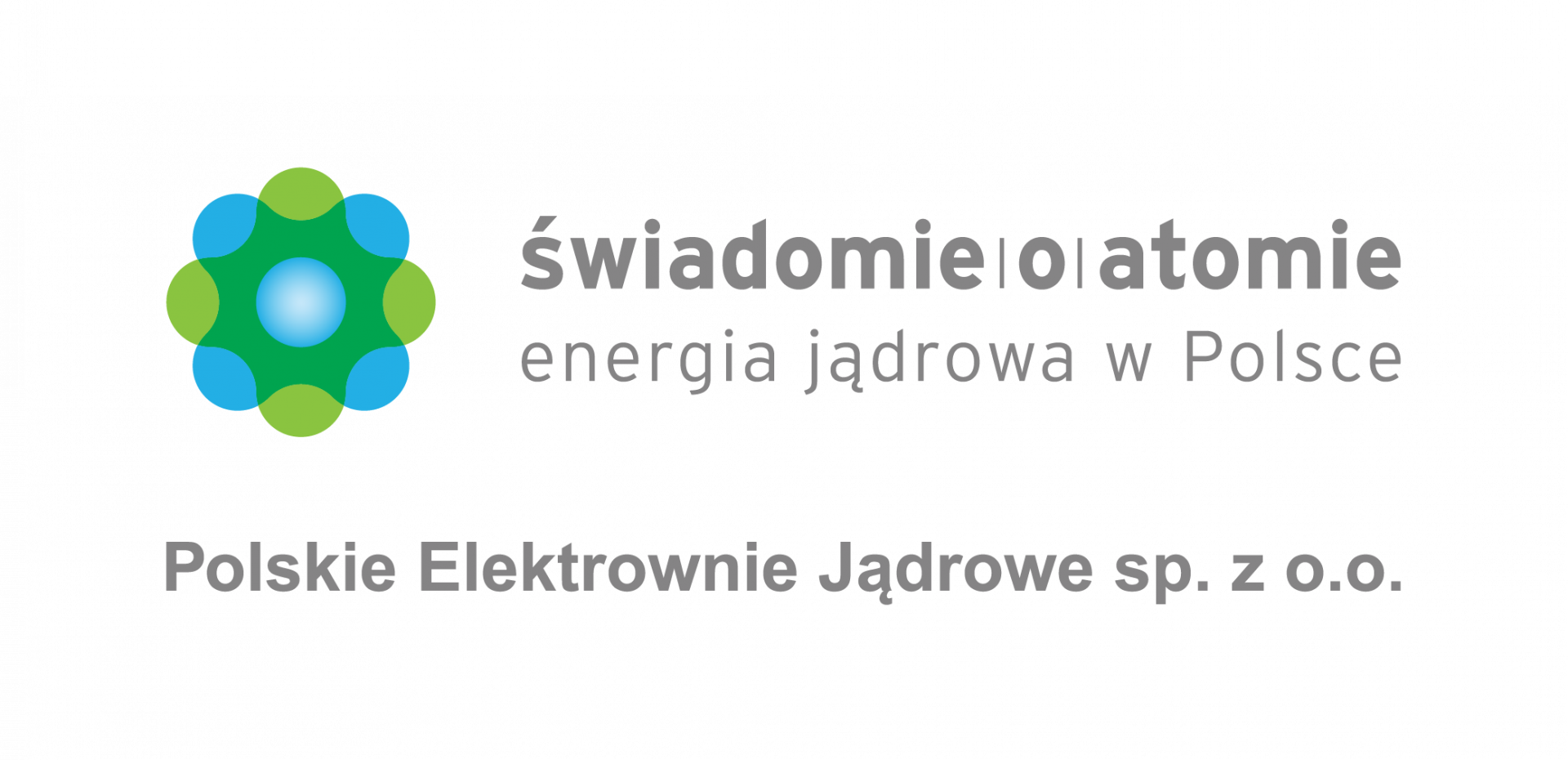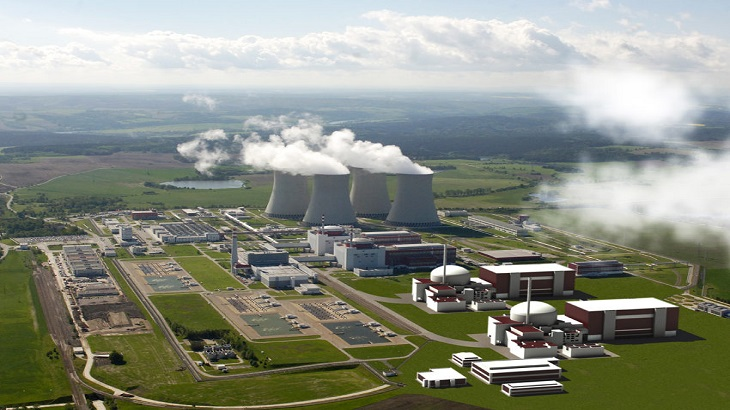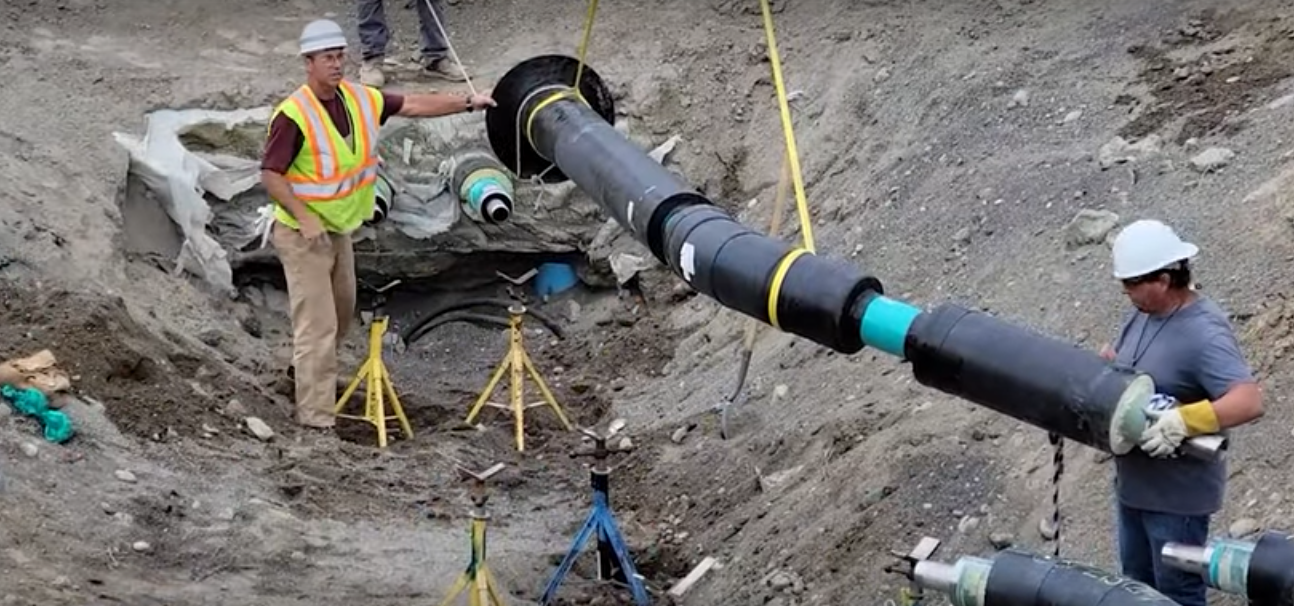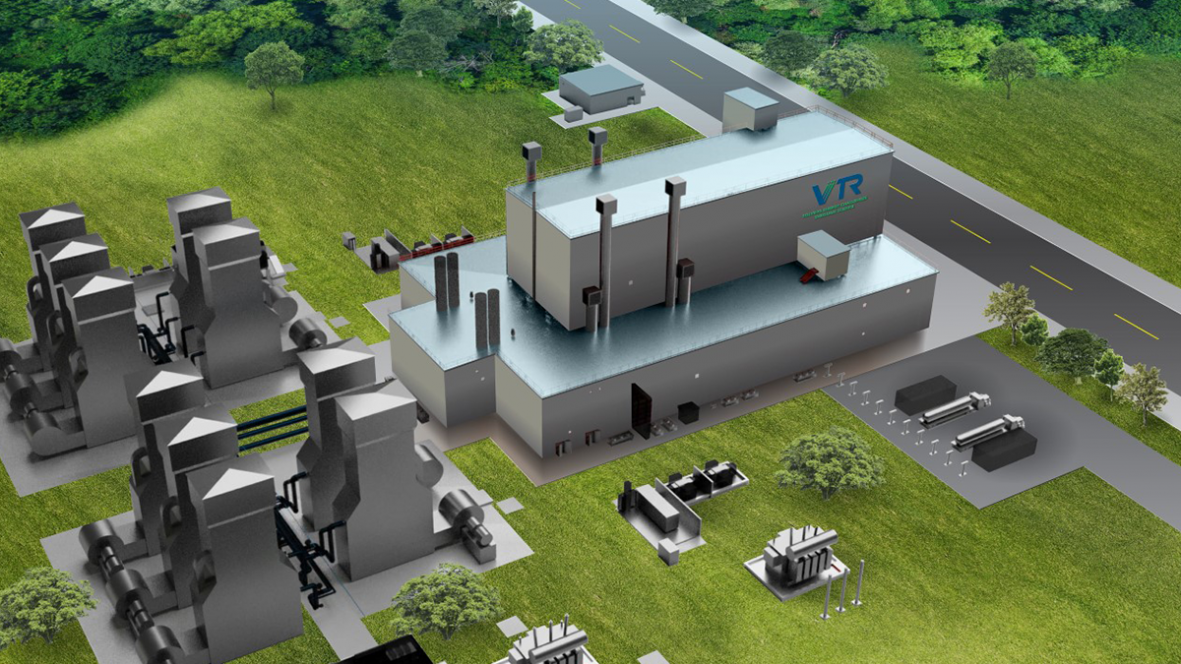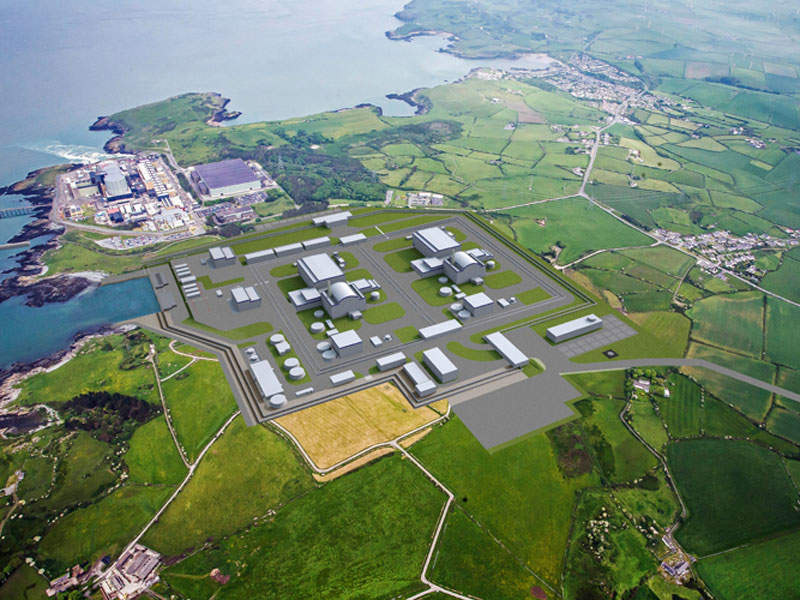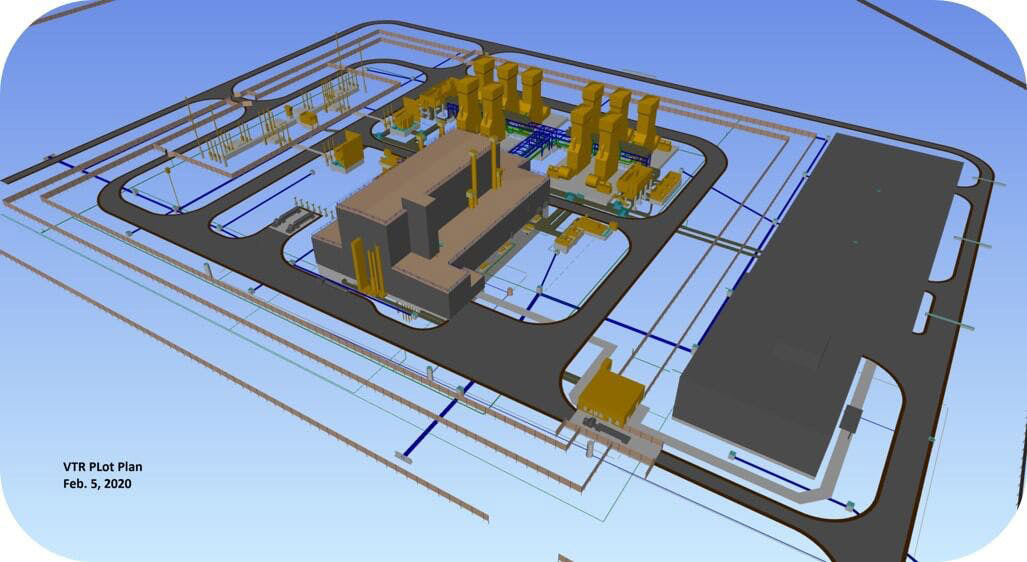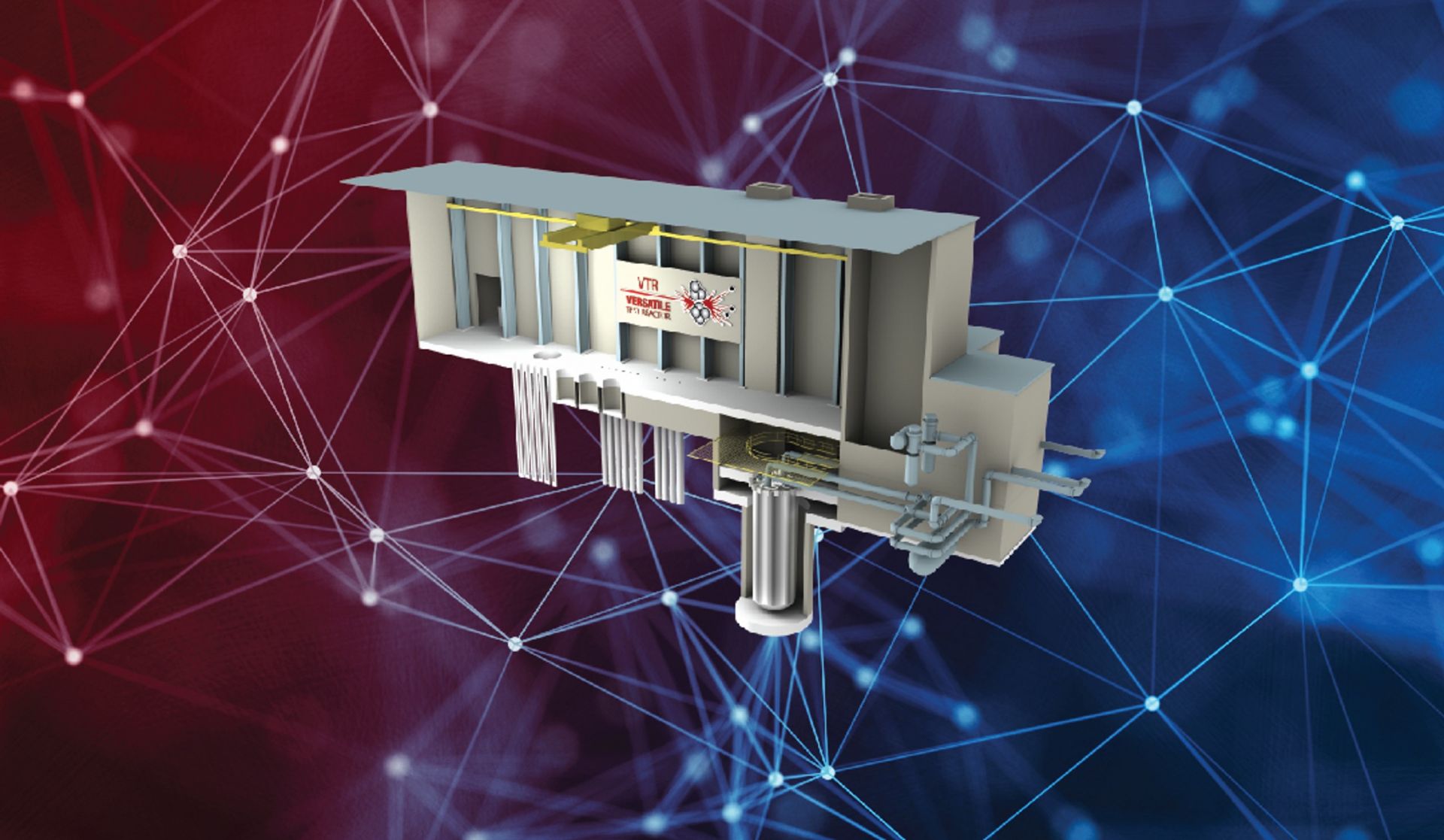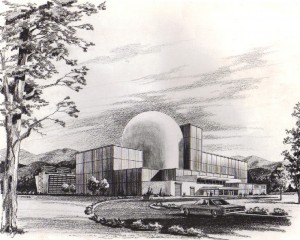The accident at Three Mile Island revealed many areas for improvement in the safety of nuclear power that have been addressed continuously in the past 40 years.
Part one of this article, published in the May 2019 issue of Nuclear News[1] and last Friday on Nuclear Newswire, presented insights from the 1979 accident at Three Mile Island-2 and addressed several issues raised by a previous Nuclear News piece on the accident[2]. Part two discusses safety improvements that have been made by both the industry and the Nuclear Regulatory Commission over the past 40 years.
Mark Brzezinski, U.S. ambassador to Poland, and John Howanitz, president of Bechtel’s nuclear, security, and environmental global business unit, address representatives of 12 Polish companies that signed memorandums of understanding with Bechtel for the potential development of Poland’s civil nuclear program. (Photo: Bechtel)
Bechtel has signed memorandums of understanding with a dozen Polish companies for the potential development of two nuclear power plants as Poland seeks to lessen its dependence on domestic coal and Russian imports for its energy supply.
The MOUs were signed on April 25 during a ceremony at the U.S. ambassador’s residence in Warsaw. Offering services ranging from earthwork and infrastructure construction to concrete, tunneling, electrical installations, and heavy cranes, the 12 Polish firms are BAKS, Budimex, Doraco, Energoprojekt-Katowice, Hitachi Energy Poland, ILF, KB Pomorze, Mostostal Warzsawa, Polimex Mostostal, Protea Group, Vistal Gdynia, and Zarmen.
The Temelin nuclear power plant in Czech Republic.
In a wide-ranging “program statement” laying out its policy priorities, the Czech Republic’s new, center-right government has endorsed nuclear energy and renewables and called for power generation from coal to be phased out by 2033.
The final version of the statement was released on January 7 by the five-party coalition government, sworn into office last month and led by Prime Minister Petr Fiala, head of the Civic Democratic Party.
Hanford workers fit sections of double-walled pipe in place, connecting the site’s tank farms to the Waste Treatment and Immobilization Plant. (Screen shot: WRPS/YouTube)
The Department of Energy is celebrating a major milestone in its tank waste mission at the Hanford Site near Richland, Wash. DOE tank operations contractor Washington River Protection Solutions has finished construction of the pipeline that will carry treated waste from an underground tank to the Waste Treatment and Immobilization Plant (WTP) for vitrification.
